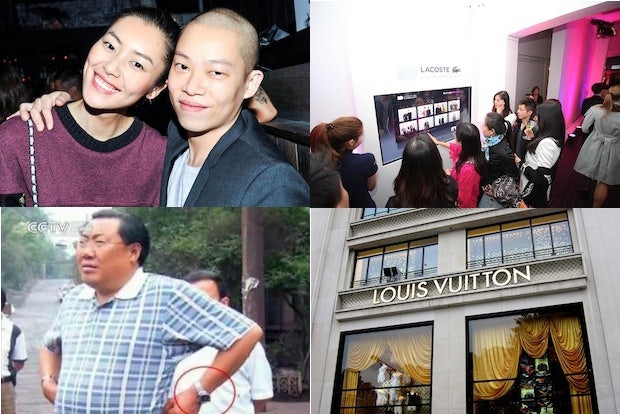
From a slowing growth rate to a stylish first lady, China’s luxury industry has seen many major developments this year. What does this mean for the industry in 2014? As part of our ongoing year-end coverage, we’ve listed five major trends to watch out for in the coming year. Check out our previous year-end coverage here.
1. China’s ongoing crackdown means gifting goods are still out#
At the Chinese Communist Party Central Committee's third plenum this November, officials made clear that the ongoing anti-corruption campaign that has been hitting luxury will go on. To emphasize the fact that the campaign will continue at least through the Chinese New Year shopping season, party officials have banned using public funds to buy New Year celebration items. A Bain & Company study found that as a result of the crackdown, items heavily based on gifting such as watches and menswear saw a sales dip in China in 2013, while individual consumer-driven items like womenswear and shoes saw strong growth. Since there hasn't been a policy shift, expect this trend to continue into 2014. Businesses hit by the crackdown, which also include spirits and high-end catering companies, will be scrambling to come up with creative new ways to adapt to the market, such as offering more mid-range items and marketing abroad.
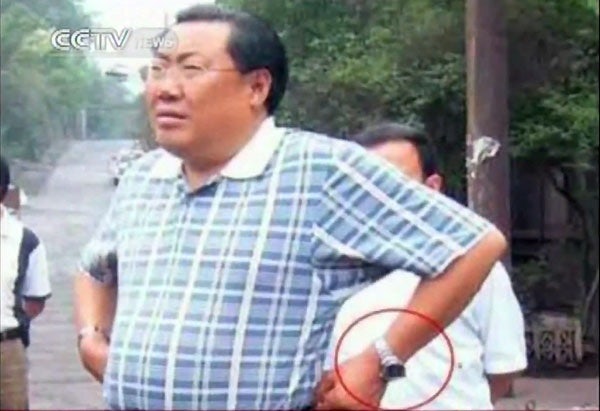
Shanxi official Yang Dacai, nicknamed China's "Watch Brother," who was sentenced to 14 years in prison in September after being spotted wearing a luxury watch at the scene of deadly bus crash.
2. Niche brands set to take off#
As China’s consumers become more individualistic, sophisticated style isn’t just about going logo-free anymore. The openings of mainland department store locations such as Lane Crawford, Galeries Lafayette, and 10 Corso Como, editorials in fashion magazines instructing readers to mix and match brands and styles, flourishing fashion blogs, a growing number of multi-brand boutiques, and the development of new online platforms for fashion self-expression have all paved the way for smaller, trendy, independent brands to see rapid growth, not to mention the smaller brands that are part of conglomerates such as LVMH and Kering that have been doing better than the companies' mega-brands Louis Vuitton and Gucci.

Niche designer Jason Wu (R) with Chinese model Liu Wen (R). Wu's designs are available at Lane Crawford, and independent designers like him are likely to increase in popularity in 2014.
3. China’s luxury market to become more global than ever#
Another factor in China’s slowing growth has been an ever-increasing number of Chinese travelers heading abroad to make their purchases, which isn’t bad for international brands’ bottom line—as long as they come up with a strategy to appeal to their cosmopolitan Chinese shoppers. Chinese tourists have been credited for both ensuring North America’s healthy luxury growth and keeping struggling Europe afloat, meaning that brands need to make sure that wherever their customers go, they're getting service of equal quality with amenities particularly favored by Chinese shoppers.
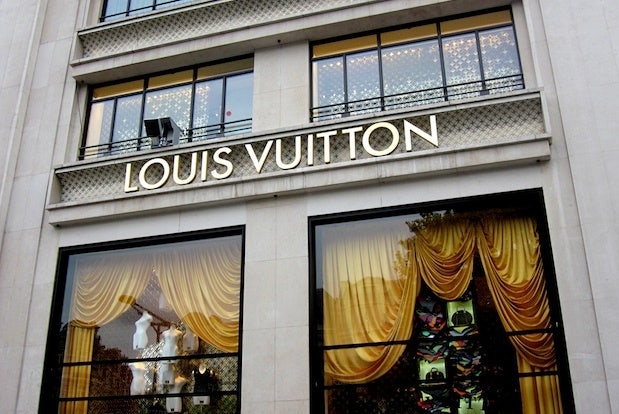
The Louis Vuitton store in Paris, a favorite location for Chinese shoppers. (Flickr/fritscdejong)
4. Online and offline to become more compatible#
Brands have started to realize that online and offline are not two separate spheres, but can be combined in innovative ways in order to foster brand loyalty and customer engagement. Brick-and-mortar locations are finding new ways to make sure users are connected once they walk out the door, whether this means interactive in-store technology such as touch screens providing product recommendations that can be sent to a customer’s email or providing a QR code that can connect to a WeChat account. Meanwhile, luxury e-commerce is finding that offline is vitally important—for example, e-tailer ShangPin offers a special delivery service in which the customer is allowed to try the items on before the courier leaves.
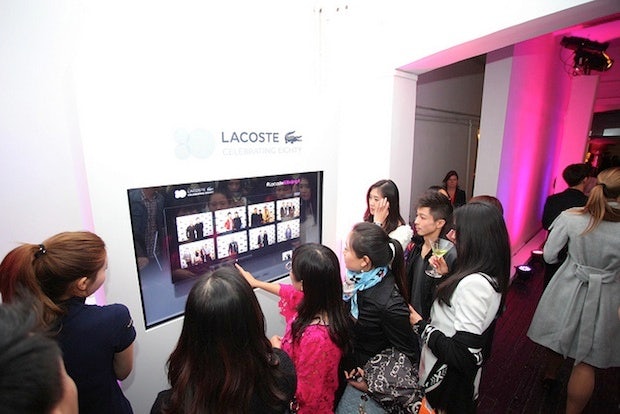
An interactive touch-screen feature at a Lacoste party in Beijing this year. (Lacoste)
5. A “new normal” for growth rates#
After a decade of rapid growth, the past two years have been a reality call for luxury brands in China. Rather than a downward trajectory, brands should think of the slowing market as a stabilization of rates that weren’t sustainable in the long-term. Although the continued anti-corruption campaign and China’s slowing GDP mean double-digit numbers will be hard to come by, the luxury market's sales won’t be heading into free-fall. Rather, we're likely to see what former Burberry CEO Angela Ahrendts called the “new normal." This won’t be uniform for all brands in the short-term: those that are relatively new to the market such as Coach will still have the opportunity to see big sales numbers if they remain popular, and will eventually reach their own equilibrium in the years to come.
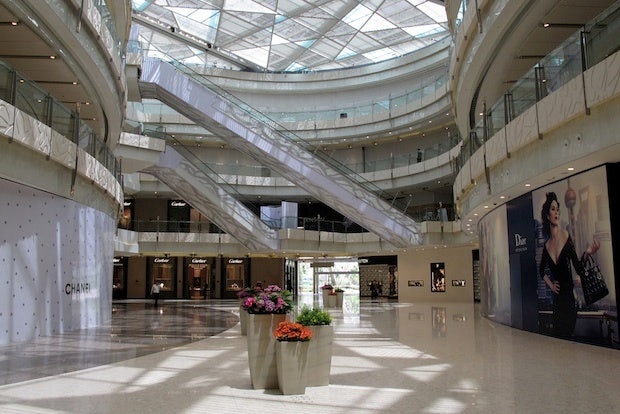
Shanghai's IFC mall. (Flickr/wing1990hk)